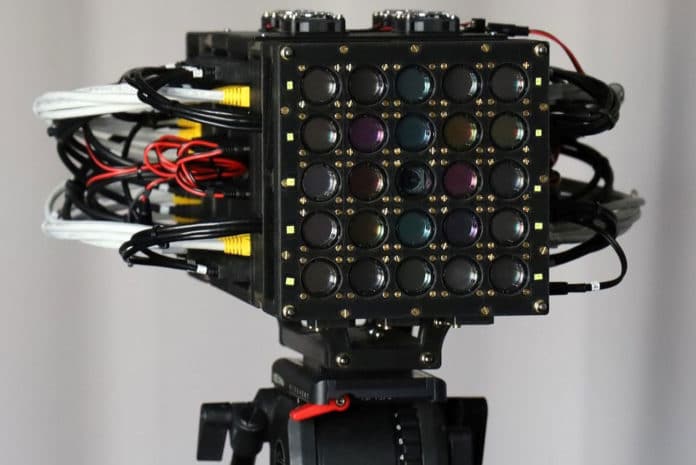Spectral resolution – the wavelength and, in this way, the perception of colors – has generally been adjusted in accordance with coordinate human sight during the development of cameras, which compares to estimating the colors red, green, and blue. Notwithstanding, significantly more data is covered up in the light spectrum that can be utilized for a wide range of tasks.
A team of researchers at the Chair of Multimedia Communications and Signal Processing at Friedrich-Alexander-Universität Erlangen-Nürnberg (FAU) has developed a high-resolution multi-spectral camera that enhances human perception. It combines all three resolutions – spatial, temporal, and spectral – in a cost-efficient solution.
It has a wide range of applications that can improve environmental protection and resource conservation measures and autonomous driving or modern agriculture. It is also greatly superior to existing systems in terms of its spatial, temporal, and spectral resolution. As the surroundings are recorded by several ‘eyes’ as is the case with human sight, the system also provides a precise indication of depth.
Meanwhile, the system precisely determines the color and specific material properties of objects it captures and the distance between them and the camera.
Nils Genser, a research associate at LMS, said, “We then calculated an image to combine the various spectral information from each sensor. This new concept enables us to precisely determine the materials of each object captured using just one single image.”
Lecturer Dr. Jürgen Seiler said, “In the infrared range, for example, we can differentiate between real people and signposts using the thermal signature. For night driving, we can detect animals crossing the road with sufficient warning.”
Seiler said, “A whole range of solutions to various problems has now opened up thanks to our new technology. ‘In the infrared range, for example, we can differentiate between real people and signposts using the thermal signature. For night driving, we can detect animals crossing the road with sufficient warning.”
Genser said, “The high-resolution multi-spectral cameras could also be used for protecting the environment and conserving resources. ‘Several plastics differ significantly from each other in various ranges of the spectrum, which is something the new intelligent camera can reliably detect. Large amounts of plastics are burned instead of separated for recycling as they have a similar appearance. We can now separate them reliably.”
Journal Reference:
- Nils Genser et al. Camera Array for Multi-Spectral Imaging. DOI: 10.1109/TIP.2020.3024738
